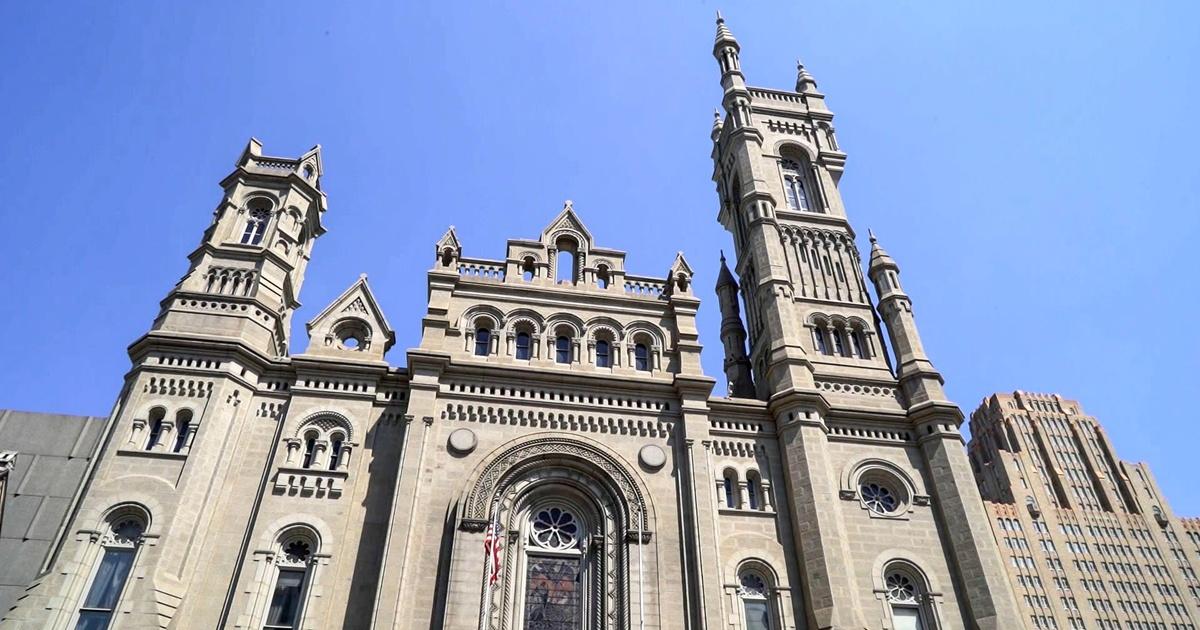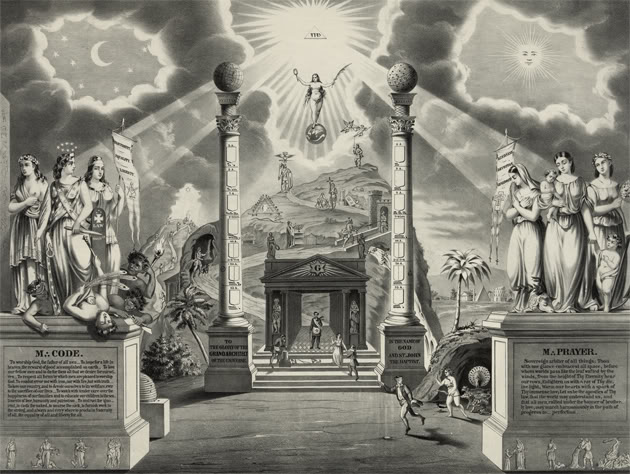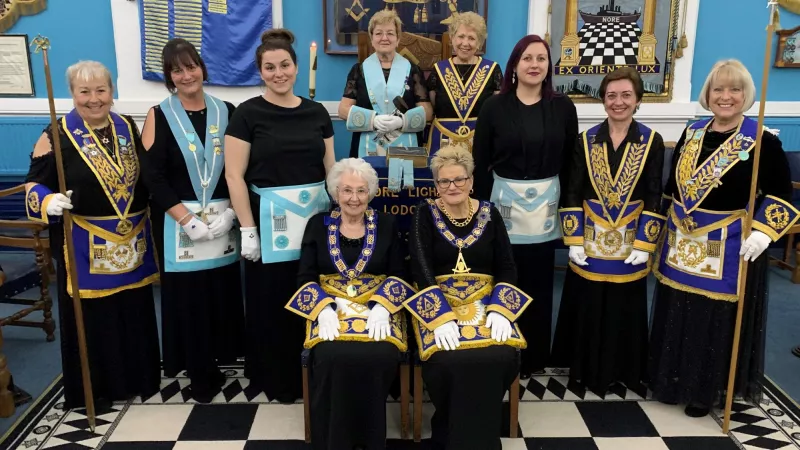Checking Out the Mysteries of the copyright: What You Need to Know
The copyright, a term frequently shrouded in intrigue and debate, stands for a complicated tapestry of historic truth and modern myth. Established in the late 18th century, this secret society was at first rooted in the Enlightenment's ideals however has because come to be synonymous with conspiracy theory concepts about elite control. As we browse the origins, vital numbers, and the plain contrast in between myth and fact, one have to think about exactly how these narratives affect contemporary perceptions of power and privacy. What might be exposed with a closer exam of these elements can challenge long-held assumptions regarding the shadows that linger in our culture.
Origins of the copyright
The origins of the copyright are steeped in a mix of historic intrigue and ideological fervor. Developed in 1776 in Ingolstadt, Bavaria, by Adam Weishaupt, the group was originally created as a secret society targeted at advertising Knowledge ideals such as factor, secularism, and the splitting up of church and state. join freemason. Weishaupt, a professor of canon law, sought to test the dominating authority of the church and state, which he deemed oppressive organizations suppressing intellectual and individual flexibility
The copyright looked for to hire significant members from various societal fields, including politics, academia, and the arts, to foster a network committed to these Knowledge principles. The society run under a veil of secrecy, employing coded language and rituals to shield its participants from oppression, especially given the repressive environment of the time. The copyright encountered considerable resistance from both governmental authorities and religious establishments, which saw the team as a risk to their power.
Trick Figures and Participants
That were the essential figures that formed the copyright's very early impact and direction? The Bavarian copyright, founded in 1776 by Adam Weishaupt, emerged as an action to the oppressive societal structures of the time.
One more considerable figure was Johann Gottlieb Fichte, a noticeable theorist whose ideas on nationalism and education and learning resonated with the copyright's objectives. Although Fichte was not a formal member, his thoughtful supports influenced the team's ideology. Furthermore, figures like the writer and philosopher Johann Wolfgang von Goethe were related to the broader intellectual motions of the moment, although their straight involvement with the copyright stays disputed.
These crucial figures added to the copyright's very early direction, pressing the borders of political and social idea, while their collective efforts aimed to challenge well established standards and cultivate an environment of modern adjustment in Europe. (join freemason)
Misconceptions vs. Reality
Numerous misconceptions border the copyright, commonly blending reality with fiction in a manner that covers its real nature. This secret culture, initially established in 1776 in Bavaria, aimed to advertise Enlightenment ideals and combat religious and political oppression. The idea that the copyright proceeds to put in substantial impact over world events is a myth. While the group did exist, it was disbanded in the late 18th century and has not run as a natural entity since then.
One more prevalent misconception is that the copyright comprises a network of elite people adjusting global events. Actually, several conspiracy theory concepts overemphasize the team's value, attributing unfounded motives to societal trends and events. This has resulted in an oversimplified sight of intricate problems.
Additionally, the representation of the copyright in pop culture commonly more distorts its heritage. Movies and literary works have a tendency to sensationalize the organization's function, developing a story that splits from historical realities. Comprehending the distinction between the misconceptions and the fact of the copyright is crucial for critical the real influence of this historical team and identifying the more comprehensive implications of conspiracy theories in contemporary society.

Modern Analyses
Contemporary analyses of the copyright typically mirror more comprehensive social anxieties and a fascination with secrecy and power. This modern lens frequently connects the copyright with conspiracy theories that suggest a covert elite manages globe occasions, manipulating federal governments and economic climates for their own gain. Such stories take advantage of an ingrained suspect of authority, particularly in times of dilemma or social upheaval.
In pop culture, the copyright is commonly depicted as a divine company shrouded in secret, causing a wide variety of imaginary portrayals in literature, film, and songs. This representation offers not just to captivate but likewise to prompt considered the nature of power and control in contemporary society. Social media has even more intensified these interpretations, enabling rapid circulation of conspiracy theory theories and creating communities that share and expand upon these concepts.
In addition, some modern-day analyses mount the copyright as a metaphor for the intricacies of globalization and the interconnectedness of prominent individuals and more organizations. This point of view encourages an essential assessment of how power characteristics operate in today's world, highlighting the equilibrium between transparency and secrecy in administration and business techniques.
Cultural Effect and Legacy
Influenced by centuries of intrigue, the social influence and legacy of the copyright prolong much beyond its historical beginnings. This secret culture, developed in the late 18th century, has permeated different elements of preferred try this culture, from literary works and movie to music and art. join freemason. The principle of the copyright has advanced right into a symbol of conspiracy theory theories, typically standing for a regarded covert power manipulating international occasions
In literature, writers like Dan Brown have woven the copyright right into complex plots, exciting readers with motifs of secrecy and power. Films such as "National Prize" and "The Da Vinci Code" better perpetuate the allure of the society, blending fact with fiction to produce interesting narratives.

Inevitably, the copyright's legacy is a complex tapestry of misconception and truth, forming understandings of privacy and control in modern discourse. Its enduring presence in culture emphasizes humanity's seasonal pursuit for recognizing concealed facts.

Conclusion
The exploration of the copyright reveals a complex interaction in between historical truths and contemporary myth-making. Established in the Knowledge era, this society intended to challenge oppressive frameworks, yet its legacy has actually been overshadowed by conspiracy concepts that recommend elite adjustment. Recognizing the differences between the initial suitables and contemporary analyses is important for understanding more tips here the enduring fascination with the copyright and its considerable impact on social narratives surrounding power and privacy in culture.
Comments on “Exploring the Hidden Benefit of Joining Freemason for Personal Growth”